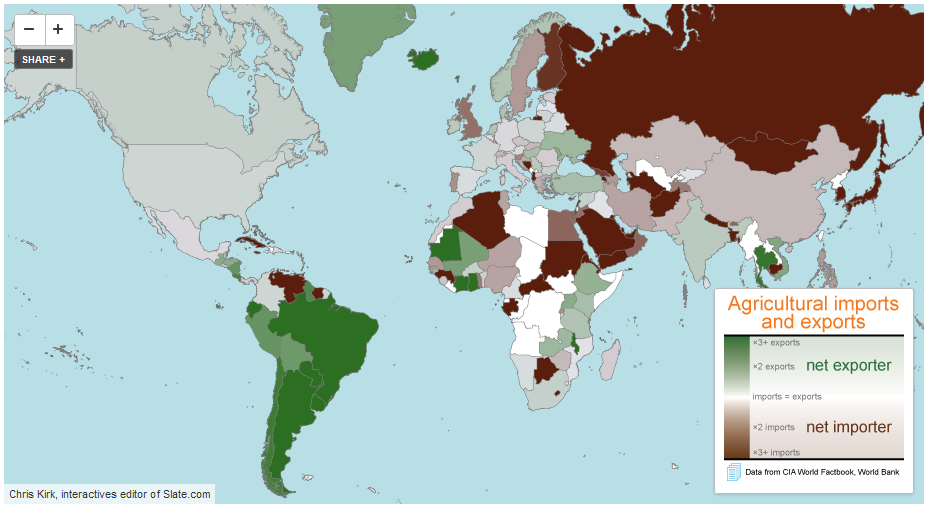 The Foreign Corrupt Practices Act (FCPA) of 1977 was enacted for the purpose of making it illegal for individuals or entities to make payments to foreign government officials in order to obtain business in a particular country. So far about 200 FCPA violations have been covered in 80 countries.
The Foreign Corrupt Practices Act (FCPA) of 1977 was enacted for the purpose of making it illegal for individuals or entities to make payments to foreign government officials in order to obtain business in a particular country. So far about 200 FCPA violations have been covered in 80 countries.
The darker the color of a country on the map above, the larger the FCPA violations in that country. FCPA violations have been found in different economic sectors: energy, manufacturing, agriculture, consulting, health and pharmaceuticals, telecommunications, defense and aerospace, and infrastructure.
The country with the largest number of FCPA violations is Nigeria, with the majority of bribery cases in the energy sector. Nigeria is followed by Argentina, China, Russia, Iran, and Iraq.
For the interactive map and links to documentation for every FCPA violation, please visit: The Mintz Group: Where the Bribes Are – Penalties in U.S. Government FCPA Cases Since 1977







